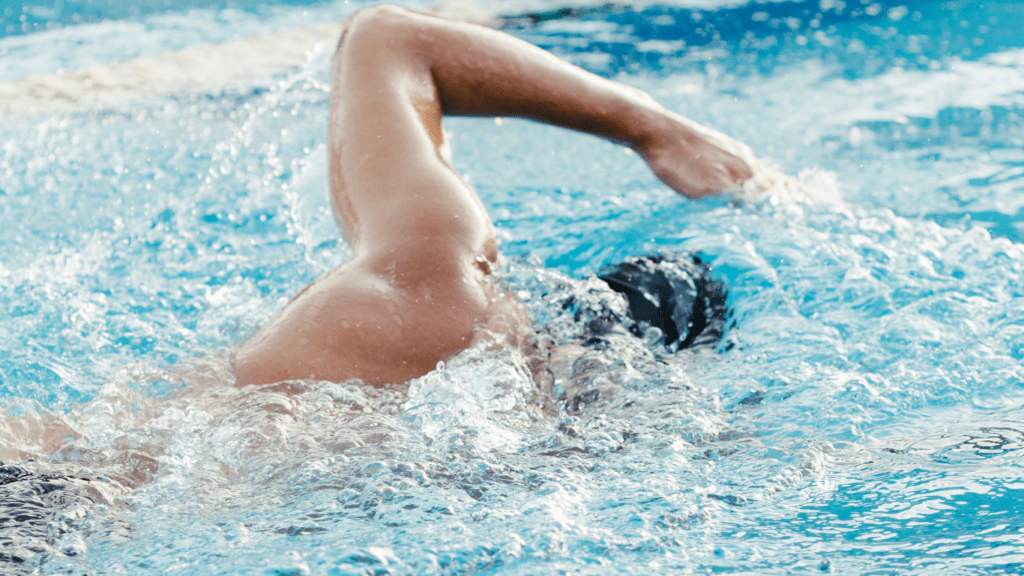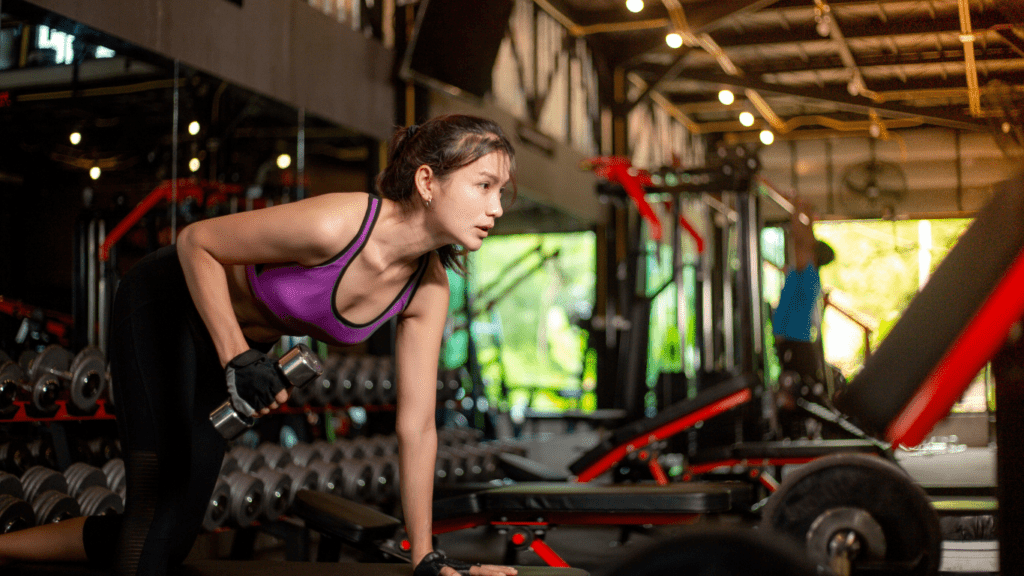When it comes to excelling in sports, stamina is key. I’ve seen firsthand how sport-specific conditioning drills can transform an athlete’s performance, pushing them to new heights. These drills not only enhance endurance but also improve overall agility and strength, tailored to the demands of each sport.
Overview of Sport-Specific Stamina
Sport-specific stamina refers to the endurance necessary for optimal performance in various athletic activities. It goes beyond general fitness, focusing on the specific energy systems and physical demands of a sport.
Athletes develop sport-specific stamina through targeted conditioning drills, allowing them to sustain higher intensity levels longer. Stamina impacts multiple aspects of an athlete’s performance, including speed, reaction time, and overall effectiveness during competition.
For instance, a soccer player benefits from aerobic stamina for extended running, while a sprinter needs explosive power for short bursts. Effective training regimens integrate drills that mimic competitive scenarios.
By doing this, athletes can train their bodies to handle the unique demands of their sport. For example, basketball players may perform interval sprints combined with skill drills to enhance both endurance and technical execution.
To maximize sport-specific stamina, focus on several key elements:
- Energy Systems: Train the aerobic, anaerobic, and phosphagen systems relevant to the sport.
- Duration and Intensity: Vary workout lengths and intensities to simulate game conditions and improve recovery rates.
- Specific Movements: Incorporate drills that reflect the sport’s movements, such as lateral shuffles for basketball or sprint intervals for soccer.
Overall, a strategic approach to conditioning drills enhances sport-specific stamina, driving performance improvements across various athletic disciplines.
Importance of Conditioning in Sports
Conditioning plays a crucial role in an athlete’s performance. It builds the necessary stamina to withstand the rigors of competition and enhances overall athletic ability.
Benefits of Enhanced Stamina
Enhanced stamina directly improves performance in various sports. It allows athletes to maintain intensity for longer periods, impacting speed and execution during critical moments. Increased stamina also reduces fatigue, leading to better focus and decision-making.
A well-conditioned athlete can outperform competitors in high-stakes situations, showcasing resilience and adaptability.
Role of Conditioning Drills
Conditioning drills specifically target the energy systems used in a given sport. These drills simulate game conditions, preparing athletes for the physical and mental demands they face. For instance, interval training boosts aerobic capacity, while sport-specific movements develop strength and coordination.
Consistent practice with these drills leads to measurable improvements in agility, speed, and endurance, ultimately driving better results in competition.
Essential Conditioning Drills
I focus on sport-specific conditioning drills that enhance stamina across various athletic disciplines. These drills not only improve endurance but also prepare athletes for the physical requirements of their sport.
Drills for Endurance Sports
For endurance sports, I prioritize drills that enhance aerobic capacity and stamina over long durations. Here are key drills:
- Long Runs: I incorporate weekly long runs at a steady pace, gradually increasing distance to build endurance. Aim for 20% more distance each week.
- Interval Training: I perform structured intervals, alternating between high-intensity efforts and short recovery periods, such as 5 minutes at race pace followed by 2 minutes of jogging.
- Tempo Runs: I execute tempo runs, running at a challenging but sustainable pace for 20-30 minutes, which sharpens the lactate threshold.
Drills for Team Sports
In team sports, I emphasize drills that mimic game scenarios while building stamina and agility. Here are effective drills:
- Small-Sided Games: I organize small-sided games (e.g., 4v4) to simulate game pace and enhance conditioning under competitive pressure. These should last 15-20 minutes.
- Fartlek Training: I use fartlek sessions, combining various intensities such as sprints followed by slower-paced jogging, lasting from 30-60 minutes to improve speed and endurance.
- Circuit Training: I implement circuit workouts that include sport-specific movements, like sprints followed by agility drills, to boost overall stamina and strength in a game-like manner.
Drills for Individual Sports
For individual sports, I tailor drills to focus on the athlete’s specific needs and stamina requirements. Here are my go-to drills:
- Plyometric Drills: I incorporate plyometric exercises, like box jumps, to enhance explosive power and overall leg strength, essential for sports performance. These should be performed in sets of 10-15 reps.
- Hill Sprints: I utilize hill sprints to build strength and improve aerobic endurance, focusing on sprinting up a hill for 20-30 seconds followed by a slow jog back down.
- Sport-Specific Repetitions: I design sport-specific repetition drills, repeating key movements relevant to the sport, such as serves in tennis or free throws in basketball, to develop both skill and endurance.
These conditioning drills enhance sport-specific stamina, allowing athletes to perform optimally throughout competitions.
Tailoring Drills for Specific Sports
Customizing conditioning drills for specific sports enhances stamina and performance. Factors like the sport’s demands and athlete’s skill levels play crucial roles in effective training.
Factors to Consider
I focus on key factors when tailoring conditioning drills. First, I assess the energy systems predominantly used in the sport. For example, aerobic capacity is vital for marathon runners, while anaerobic bursts are crucial for sprinters.
Next, I evaluate the duration and intensity of typical game scenarios. Understanding the average length of plays can shape drill timing. Finally, I consider the unique movements required in the sport. Incorporating sport-specific actions, such as lateral movements for basketball players, ensures the drills target relevant muscle groups and enhance functional stamina.
Adapting Drills to Skill Levels
I adjust drills based on each athlete’s skill level. For beginners, I emphasize basic conditioning and skill development, using short intervals and lower intensities to build a solid foundation. As athletes progress, I introduce more complex drills that incorporate tactical elements and higher intensities.
Intermediate athletes might benefit from interval training combined with game-like scenarios to enhance endurance while practicing techniques. Elite athletes require advanced drills that not only test stamina but also challenge their decision-making and reaction time under pressure.
By tailoring these drills, I help athletes maximize their performance potential within their respective sports.
Monitoring Progress and Adjustments
Monitoring progress and making adjustments to conditioning drills ensure athletes continuously develop sport-specific stamina. Tracking improvements helps identify the effectiveness of training and guide modifications for optimal results.
Tracking Stamina Improvement
Tracking stamina improvement involves regular assessments and data collection. I assess performance metrics like time, distance, repetitions, and heart rate during drills. Incorporating standardized tests, such as the Cooper Test or Yo-Yo Test, provides measurable insights into aerobic capacity and endurance levels.
I record these metrics over specific intervals, like weekly or bi-weekly, to observe trends and make data-driven decisions for future training adjustments. Additionally, I gather feedback from athletes regarding their perceived exertion during drills.
Regular check-ins on how they feel about their stamina can highlight areas needing attention and inform future programming. Combining quantitative data with qualitative feedback creates a comprehensive view of stamina development.
Modifying Drills for Optimal Results
Modifying drills for optimal results requires ongoing evaluation of athletes’ performance and stamina levels. I analyze the data collected from performance assessments and feedback to adjust the intensity and duration of conditioning drills.
If an athlete consistently meets or exceeds training goals, I increase the complexity of drills, whether through longer intervals, higher resistance, or incorporating sport-specific movements. I also consider individual fatigue levels and recovery rates when modifying drills.
Personalized adjustments ensure that athletes receive appropriate challenges to stimulate further improvement without leading to burnout. For example, if an athlete struggles with endurance, I may focus on longer, lower-intensity sessions before introducing high-intensity interval training to build a solid stamina foundation.
Consistent monitoring and tailoring of conditioning drills foster an environment where athletes thrive, ensuring they reach their peak performance in competitive scenarios.




